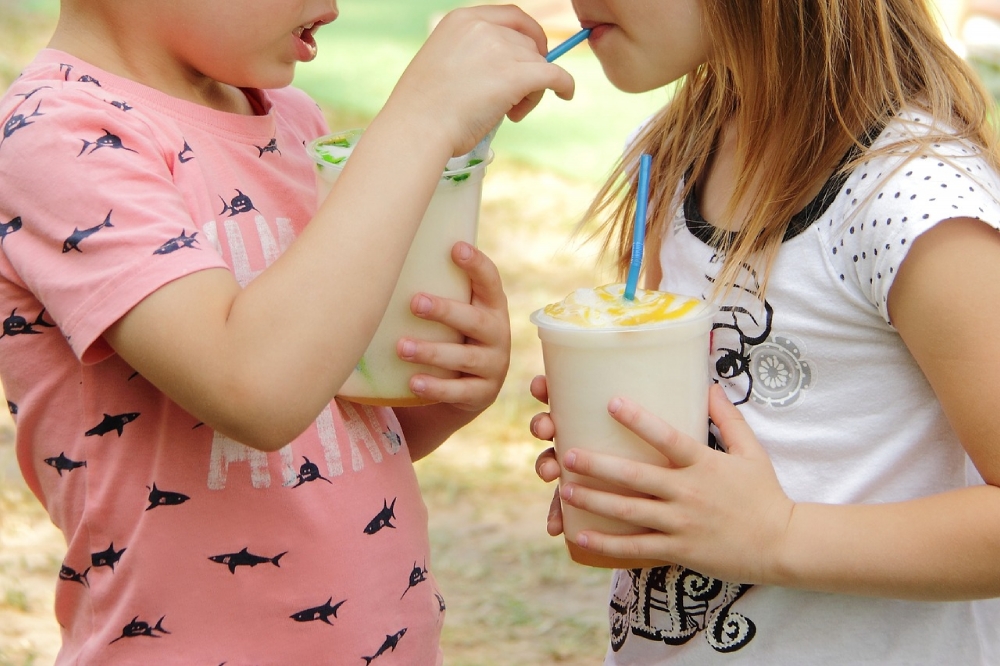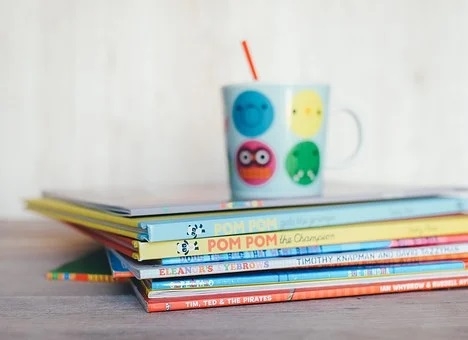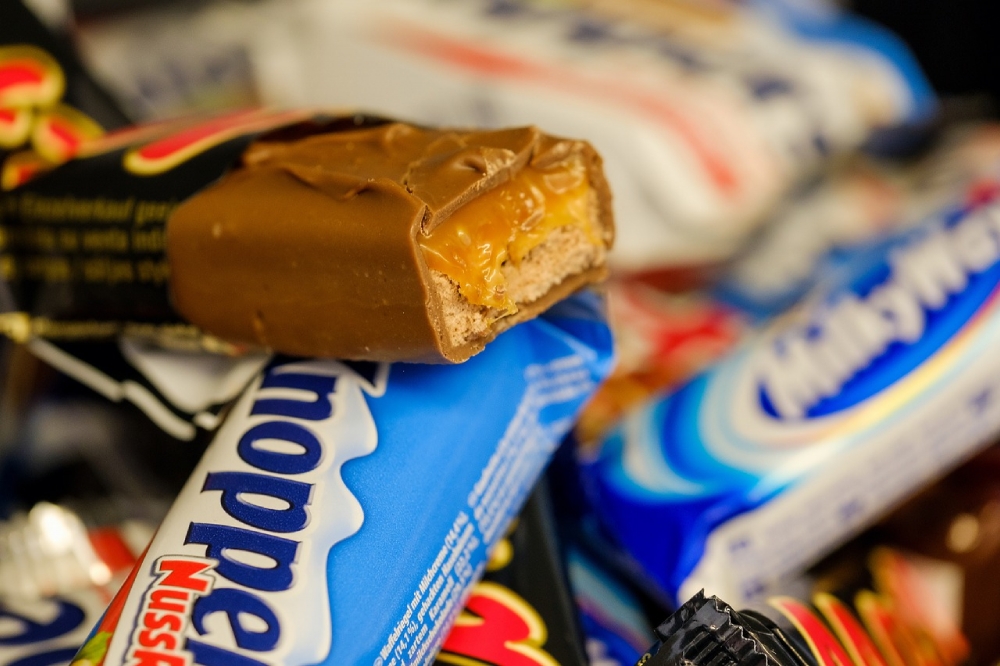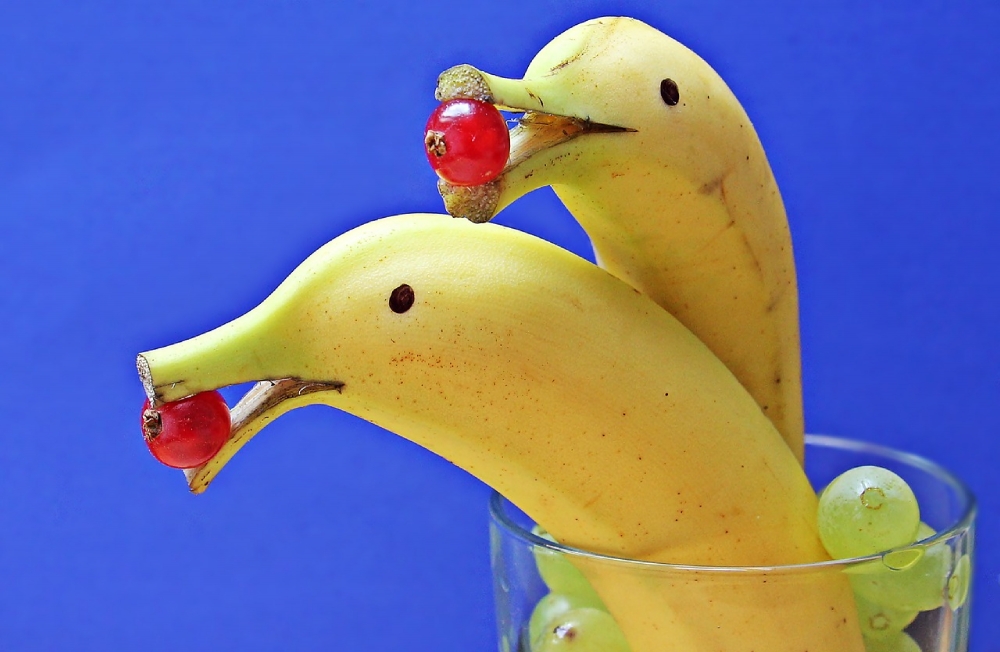Crazy Sugar Content in Kids Snacks and Juices
March 1st, 2022
1332 Views

Reading food labels is a good way to check whether a product has a high sugar content, but did you know that there are more than 50 different names for sugar that are used?
What do brown sugar, malt syrup, sucrose, maltose, dextrin, dextrose, corn syrup, cane juice, dextrin, and galactose have in common? They are all SUGARS!
Many parents try to limit their children’s sugar intake to protect their teeth but there is another equally important reason that every parent should be avoiding – childhood obesity. Doctors are describing childhood obesity as the major problem of the 21st century. Childhood obesity at one time was rare, but today, figures are soaring and is closely linked with the dramatic rise in type 2 diabetes.
Ensuring that your children do not eat too many sweets and fizzy drinks definitely helps, but sugar can be found in so many everyday foods and the reason for this is that it helps makes the food more tasty.
Certainly read food labels because the ingredients are listed in descending order to denote how much of each ingredient is contained in the product. If sugar appears in the first three ingredients, definitely put the food back on the shelf! When you read labels, bear in mind that 4 grams of sugar is equivalent to a teaspoon of sugar.
What do brown sugar, malt syrup, sucrose, maltose, dextrin, dextrose, corn syrup, cane juice, dextrin, and galactose have in common? They are all SUGARS!
Many parents try to limit their children’s sugar intake to protect their teeth but there is another equally important reason that every parent should be avoiding – childhood obesity. Doctors are describing childhood obesity as the major problem of the 21st century. Childhood obesity at one time was rare, but today, figures are soaring and is closely linked with the dramatic rise in type 2 diabetes.
Ensuring that your children do not eat too many sweets and fizzy drinks definitely helps, but sugar can be found in so many everyday foods and the reason for this is that it helps makes the food more tasty.
Certainly read food labels because the ingredients are listed in descending order to denote how much of each ingredient is contained in the product. If sugar appears in the first three ingredients, definitely put the food back on the shelf! When you read labels, bear in mind that 4 grams of sugar is equivalent to a teaspoon of sugar.

Fruit juice
Starting the day with a glass of fruit juice sounds a really healthy idea, but even if the fruit juice package declares that its contents are 100% fruit juice it doesn’t mean that it doesn’t contain plenty of sugar! When the juice is extracted from fruit, much of its fibre and nutrients and lost and the sugar content is actually concentrated. Drinking a glass of fruit juice is the perfect way to get a sugar spike!In a CNN report published in the United States in 2019, reporters uncovered some of the myths - ‘Two-thirds of the 34 sweetened drinks analyzed in the Children's Drink Fact report contained no juice, yet images of fruit appeared on 85% of the packages. Most drinks which did contain juice capped the amount at 5%.
Most of the sweetened drinks say, 'good source of vitamin C' or '100% vitamin C' but they have no or little juice," Harris said. "A lot of them say 'low sugar,' 'less sugar.' But they don't say it's because there's added low-calorie artificial sweeteners in there. It's just very confusing."
● www.edition.cnn.com/2019/10/16/health/children-fruit-drinks-report-wellness/index.html
Guidelines suggest that children up to one year old should not be given fruit juice at all and those up to three years should have a maximum of ½ tea cup per day. Children of 3-5 years can have ¾ tea cup and older children – up to one tea cup. (source NBC News). It is best to measure the fruit juice because a tea cup is not very large.
The two solutions to this problem if your children enjoy fruit juice is to dilute the fruit juice 50/50 with water. Better still, give your children the actual fruit to eat - which is more nutritious. Fresh fruit, or unsweetened frozen or canned fruit are all better options.
Flavoured milk drinks can be diluted 50/50 with plain milk too.
The ideal drink for your children is water and this can be made more appealing by adding drinking straws and ice cubes as well as lemon or cucumber slices to flavour the water.

Other drink options that are filled with sugar
Trying to drastically reduce the amount of sugary drinks your children have is quite a challenge. Other drinks with a high sugar content include other juice drinks such as traditional-style lemonade, coconut water, flavoured milk drinks - such as chocolate or strawberry milk. For older children/teenagers, energy drinks and iced coffees can also be really high in sugar.A bowl of cereals
This is often used as a speedy in-between meals snack, but is one to avoid as most children’s cereals are simply highly processed carbs with a low amount of protein. Best to choose a whole grain cereal topped with fat-free milk as this option is more nutritious.Fruity cereal bars
These tasty bars have become really popular and can be enjoyed throughout the day as a tasty snack. The trouble is that these cereal bars also have quite a high sugar content in both the cereal and the fruit – be warned.Yogurt
Yogurt has long been regarded as a healthy snack, but some yogurts contain as much sugar as a chocolate bar. Yogurt contains the natural sugars that are found in milk, but the added flavours can have a high sugar content. Try to give your child natural yogurt with some fresh berries instead. Even a drizzle of honey on top will be lower in sugar.Peanut butter
For many children, nothing beats a peanut butter sandwich when they are hungry, but be warned! Most brands contain too much salt and sugar to be healthy. Far better to choose an organic version as it is packed with protein, fibre and unsaturated fats. Make sure the bread you choose is whole grain rather than white.
What are the healthy options?
The ideal snacks to give your children are fruit, vegetables (e.g. carrot and celery sticks), nuts and seeds. Chocolate is not a total no-no but make it a Saturday-only treat except for Christmas Day, Easter Day and your child’s birthday! Experiment with some of the milk chocolates that have a cocoa content of 60- 65% - your children might just like the taste!
Steering away from sweet food, snacks and drinks while your children are young is vitally important as it will ensure that their gut health is kept in balance and working well as this helps prevent the onset of diabetes both while they are young ...and later in life.
The ideal snacks to give your children are fruit, vegetables (e.g. carrot and celery sticks), nuts and seeds. Chocolate is not a total no-no but make it a Saturday-only treat except for Christmas Day, Easter Day and your child’s birthday! Experiment with some of the milk chocolates that have a cocoa content of 60- 65% - your children might just like the taste!
Steering away from sweet food, snacks and drinks while your children are young is vitally important as it will ensure that their gut health is kept in balance and working well as this helps prevent the onset of diabetes both while they are young ...and later in life.
Chrissie x

